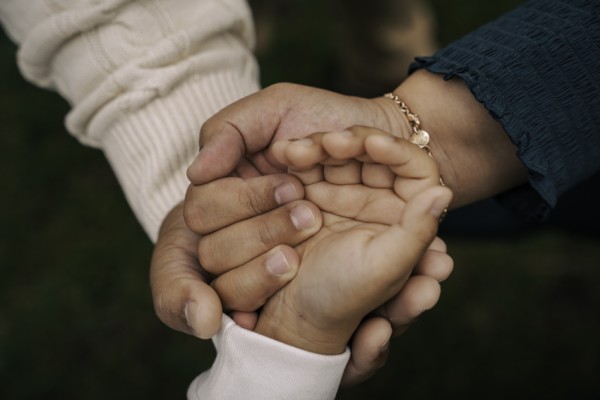
But that doesn’t mean it’s easy. Grief can be intense, confusing, and exhausting. At times, it may feel like no one could possibly understand what you’re going through.
Grief doesn’t follow a clear path, and it looks different for everyone. It’s shaped by culture, gender, age, relationship to the person who died, and our own ways of processing pain and loss. It isn’t just emotional, it also touches every part of us: our tinana/body, hinengaro/mind, wairua/spirit, and whanaungatanga/relationships. You may feel like you’ll never recover or don’t know how to carry on. That feeling, too, is part of grief.
Some people grieve in ways that are more emotional and expressive, often called intuitive grieving. They may cry, talk about their loss often, and feel a strong need for connection and support. Others grieve in more action-oriented ways – this is known as instrumental grieving. They may process their loss by doing: organising, problem-solving, creating, or throwing themselves into tasks. These aren’t opposites, and neither one is better or ‘more real’ than the other. Many of us move between both ways at different times.
There is no timeline for grief. You might find that your grief can rise unexpectedly: in a supermarket, while folding clothes, or hearing a song on the radio. That doesn’t mean you’re going backwards. It simply means the person you lost mattered deeply, and your grief is an expression of that love. Even in their absence, the person remains an important part of your life, carried with you through the precious memories you hold
Some days will feel heavier than others. But over time, many people find a way to carry their grief with more ease. They can do so not by forgetting, but by weaving their loss into the life that continues.
-medium.jpg)
What can grief after a suicide death look like?
When someone we care about dies, it hurts – no matter the cause or whether there was any warning. But when the loss is by suicide, there are some grief reactions which make suicide bereavement unique compared to other types of death: trying to understand why; unanswered questions; shock; guilt; anger; all of it accompanied by deep sadness. This kind of grief can feel all-consuming, as though everything has been turned up to full volume, and last longer than other types of grief.
Some common reactions after a suicide loss include:
- Intense shock – feeling faint, shaky, or disconnected
- Numbness or disbelief
- Yearning for the person who has died
- Flashbacks, or reliving the moment you found out, discovered or witnessed the death
- Nightmares, broken sleep, or dreaming of the person
- Fear of being alone, or of losing others
- Feelings of isolation and abandonment
- Whakamā/shame, guilt, or blaming yourself
- Anger at yourself, others, or the person who died
- Withdrawing, or not wanting to talk
- Forgetfulness, foggy thinking, or trouble concentrating
- Deep sadness, emotional numbness, or tearfulness
- A need to understand why, and asking how this could have happened
- Thoughts about suicide or death
- Sensing the person’s presence, seeing them or hearing their voice
- Feelings of relief, especially if the person had been in pain or struggling for a long time
- Physical symptoms: exhaustion, aches, headaches, nausea, or flare-ups of existing health conditions like asthma or heart problems
“My body shook for days and I could hardly sleep. I couldn’t remember things I’d just been told and had so many emotions coming at me all at once.” - Anonymous
“I just couldn’t stop crying. Every part of me hurt.” - Anonymous
“I had no emotions for a long time. I couldn’t even cry when I tried to.” - Anonymous
“I felt like an empty shell when I returned to work. On the outside I looked normal, but on the inside, I was hurting and confused. I was still in shock. I was there, but I wasn’t there.” - Anonymous
“Months after her death I was in a shop and saw something she’d love. I found myself starting to cry, and then I was really sobbing. I had to leave the shop and get outside.” - Anonymous